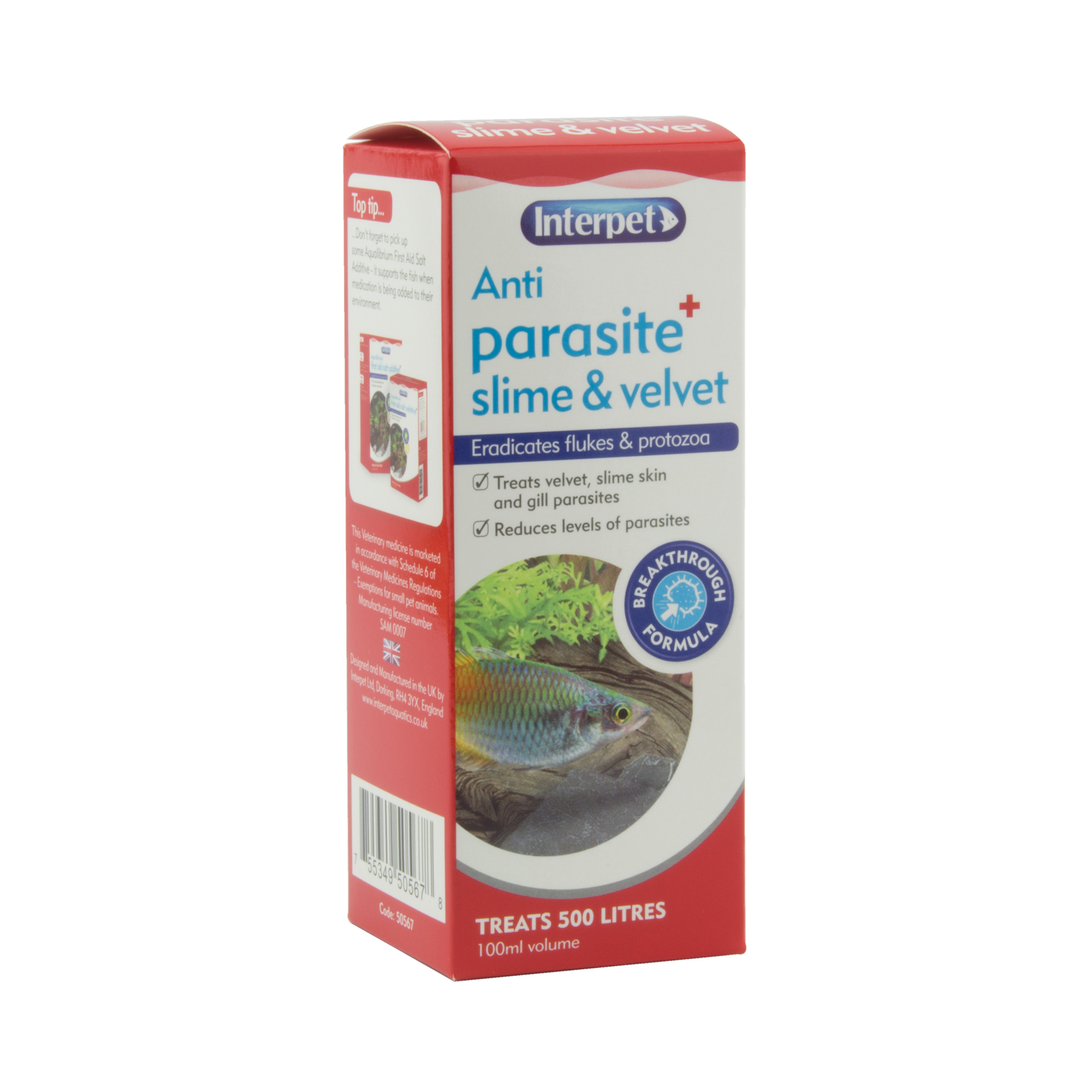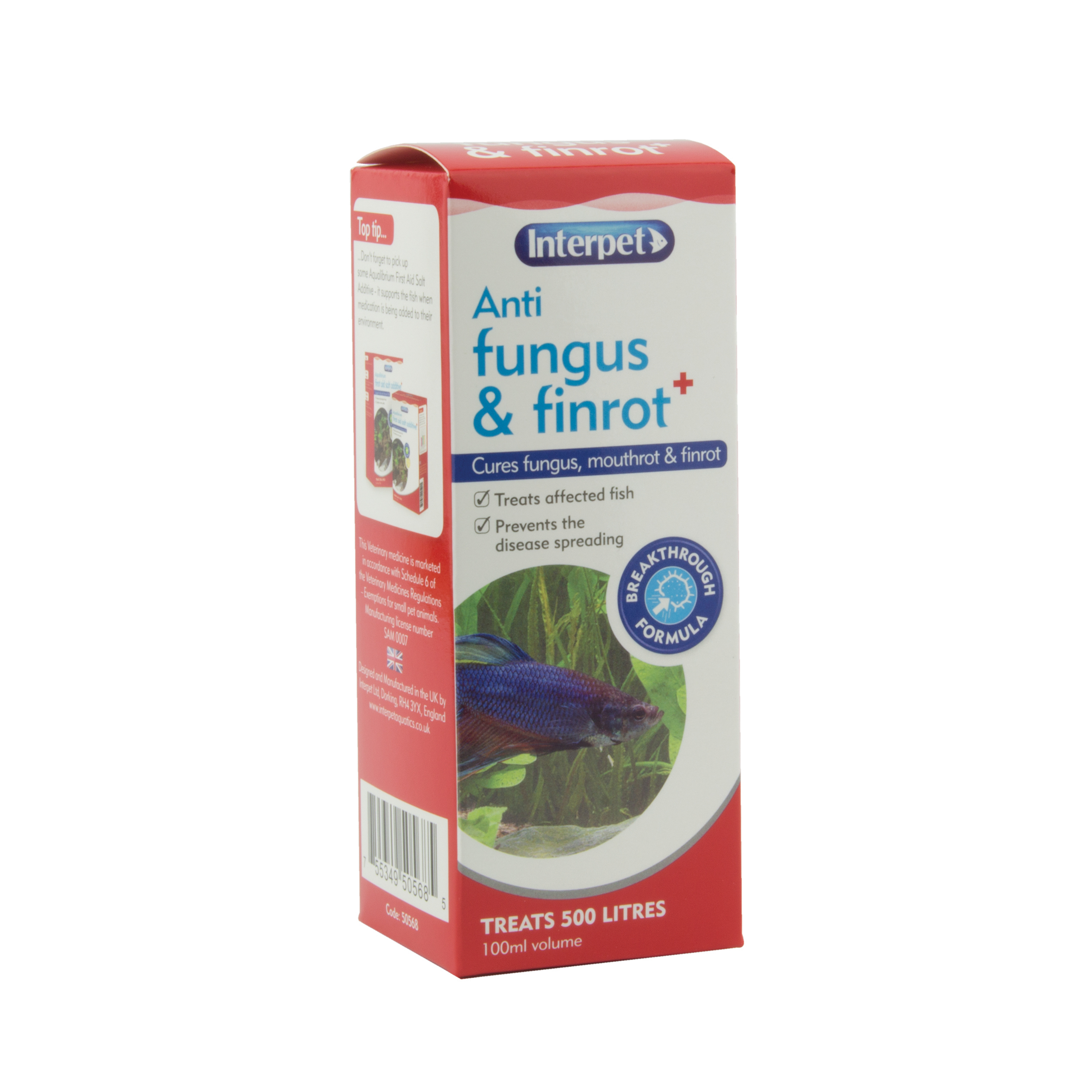Hi again!
My aquarium seems to be doing well. Feels like the day I'll actually have fish is getting closer. Ammonia from aqua soil and hitchhiking bladder snail poop started my planted/silent cycle. I had ammonia and high nitrite for 15 days and now I've gotten 0ppm ammonia, 0ppm nitrite and some nitrates for the last 3 days. So I'm going to test the cycle/ build up the cycle with home made ammonia solution. I like to have stuff ready in advance so I've been gathering stuff and information for when it's time to order my first ''round'' of fish.
I've been finding the Aquarium Co-op really good for blogs and videos on various subjects so I am planning (so far) to follow their fish quarantine guide. ( https /www.aquariumcoop.com/blogs/aquarium/quarantine-tank )
/www.aquariumcoop.com/blogs/aquarium/quarantine-tank )
I'm in rural Ireland, so there aren't as many options for aquarium supplies without crazy tax and shipping. So I haven't been able to get the recommended "trio of quarantine medications". I have got the closest thing that was available to me, but I'm wondering:
Can I use the three of these at the same time, or will I need to use them separately and change the quarantine tank water between each one?

 interpet.co.uk
interpet.co.uk

 interpet.co.uk
interpet.co.uk

 interpet.co.uk
interpet.co.uk
Anti Parasite+ Composition:
- Copper EDTA 6636mg/100ml
- Formaldehyde 1000mg/100ml
- Quinine bisulfate 746mg/100ml
- Benzalkonium chloride 200mg/100ml
(1ml for 5 Litres)
Anti Internal Bacteria+ Composition:
- Formaldehyde 1000mg/100ml
- Bronopol 523mg/100ml
- Benzalkonium chloride 250mg/100ml
(1ml for 10 Litres)
Anti Fungus & Finrot+ Composition:
-Phenoxyethanol 40000mg/100ml
(1ml for 5 Litres)
The Interpet website doesn't recommend using "more than two at the same time", but I've read/heard about people using combinations of different brands. What are your thoughts?
Ps. I already have these three so I'd prefer to use these over ordering different recommended ones.
My aquarium seems to be doing well. Feels like the day I'll actually have fish is getting closer. Ammonia from aqua soil and hitchhiking bladder snail poop started my planted/silent cycle. I had ammonia and high nitrite for 15 days and now I've gotten 0ppm ammonia, 0ppm nitrite and some nitrates for the last 3 days. So I'm going to test the cycle/ build up the cycle with home made ammonia solution. I like to have stuff ready in advance so I've been gathering stuff and information for when it's time to order my first ''round'' of fish.
I've been finding the Aquarium Co-op really good for blogs and videos on various subjects so I am planning (so far) to follow their fish quarantine guide. ( https
 /www.aquariumcoop.com/blogs/aquarium/quarantine-tank )
/www.aquariumcoop.com/blogs/aquarium/quarantine-tank ) I'm in rural Ireland, so there aren't as many options for aquarium supplies without crazy tax and shipping. So I haven't been able to get the recommended "trio of quarantine medications". I have got the closest thing that was available to me, but I'm wondering:
Can I use the three of these at the same time, or will I need to use them separately and change the quarantine tank water between each one?

Interpet - Anti Parasite, Slime & Velvet Plus - 100ml
Anti Parasite, Slime & Velvet Plus – 100ml | Eradicates flukes and protozoa. Includes market leading breakthrough formulas for the best results.

Interpet - Anti Fungus & Finrot Plus - 100ml
Anti Fungus & Finrot Plus – 100ml | Cures fungus, mouthrot and finrot. Includes market leading breakthrough formulas for the best results.

Interpet - Anti Internal Bacteria Plus - 100ml
Anti Internal Bacteria Plus – 100ml | Treat systemic bacteria infections. Includes market leading breakthrough formulas for the best results.
Anti Parasite+ Composition:
- Copper EDTA 6636mg/100ml
- Formaldehyde 1000mg/100ml
- Quinine bisulfate 746mg/100ml
- Benzalkonium chloride 200mg/100ml
(1ml for 5 Litres)
Anti Internal Bacteria+ Composition:
- Formaldehyde 1000mg/100ml
- Bronopol 523mg/100ml
- Benzalkonium chloride 250mg/100ml
(1ml for 10 Litres)
Anti Fungus & Finrot+ Composition:
-Phenoxyethanol 40000mg/100ml
(1ml for 5 Litres)
The Interpet website doesn't recommend using "more than two at the same time", but I've read/heard about people using combinations of different brands. What are your thoughts?
Ps. I already have these three so I'd prefer to use these over ordering different recommended ones.



